To begin, we made a schema (background knowledge) chart. Not only does it help the students kick start their thinking, it also is a great way for me to do some pre-assessment and see where my kiddos are at and what they know (either right or wrong). We try to do these charts every time we start a new unit. I gave them a few minutes of think time, then asked each student to tell me something they knew. Every student was responsible for giving an answer and if they said someone already told me what they were thinking, we kissed their brain then came up with something else. As you can see, they knew a lot!
Then we read Bear Feels Sick by Karma Wilson. I haven't ever read this book before and I LOVE IT! It lends itself so well to several comprehension strategies and extention activities.
After reading, I led the students in a discussion about real bears and storybook bears and talked about their similarities and differences. We created this Venn diagram to show our learning.
Several years ago I took a year's sabatical and worked for the state of Missouri as a STARR (Select Teachers As Regional Resources) teacher and gave in-services to school districts in my area. As part of my training, I was lucky enough to work with the WONDERFUL John Antonetti--I highly recommend him. He told us everyone 'does' Venns. You have to make sure you are doing it right! In order to maximize a Venn diagram's power, the differences need to be categorized. For example, one of my students began with the idea that storybook bears talk. I then asked how real bears communicate and recorded their thoughts. By categorizing the differences, students are really truly comparing and contrasting!
Our comprehension strategy for this month is retelling. We referenced Bear Feels Sick again and using a trifold piece of paper (one of my favorite ways to do a quick retell), the students drew something from the beginning, middle, and end of the story.
(It says "I puked"! :) )







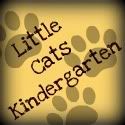
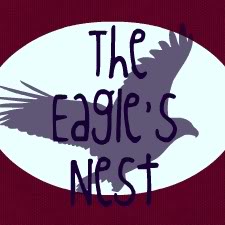
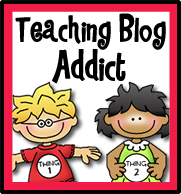
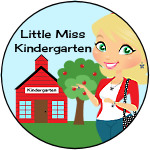

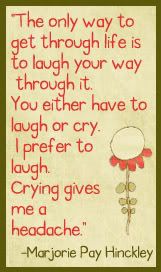




1 comments:
Oooh,oooh,oooh! Just saw a total amazing idea on another blog..sorry, don't remember which one! I've looked at so many my eyes are crossing. Anyway, instead of using paperclips on the rhyming cards, put a staple in the corner and the magnet wand will pick it up. No more having to continually replace the paperclips! GENIUS!!!! :-)
Post a Comment